
It’s difficult to make a new kind of portrait of a soldier in an age when they have been depicted in such iconic manner in the media. But in her new book Soldier/Many Wars (Decode, 2011), artist Suzanne Opton does so by staging slight performances in front of her 4×5 camera. Opton asks soldiers returning from war to pose with their head lying sideways, and in that simple gesture, much is revealed. “We are inured to pictures of war,” she says. “This may have more power than a documentary picture. It makes you think. It’s a conceptual photo based on a documentary situation and that’s what I’m interested in.” When she began photographing soldiers back in 2006, around the same time her son would have been of draft age if the draft were still mandatory. “I’d see these young guys with all this gear representing the United States, and you really have no idea who they are,” Opton says. “I wanted to strip all that away and look at them like I would look at my own son.”
Getting to the subjects was not easy. After calling bases around the country a public affairs officer from Fort Drum finally called her back and asked if the project would have political undertones, and Opton said no. “Because the country at the time was so polarized, I wanted it to be about people. It’s about looking at these guys and wondering what they went through. How would they continue with their lives, with something that’s never going to go away—how do you manage your life around that? It’s that process that’s interesting to me and it’s the people. It just makes it so narrow to call it an anti-war project and so dismissible.” After Opton explained that it was an art project, they eventually gave her an appointment, and on three visits, she photographed almost 100 soldiers for the series. “They brought in one person after another, and they were all amazing looking,” she says.

Of her process Opton says, “I think of this a little bit as performance art. They have to keep their heads down and they have to stay in that uncomfortable position while I adjust the camera.” In that time their minds can wander and we see soldiers in a rage of expressions from detached to awkward, to sensual, all enhanced by the light and unique background colors she chooses. “I wanted to make them kind of theatrical because I think there’s a certain kind of glamour to the military and the way it presents and sells itself,” Opton says. “These pictures wouldn’t mean anything if they were just the man on the street. The only way we know they are soldiers is the haircut. Studio pictures are abstracted from life, extracted from a sense of place so the color and light was meant to imply a sense of place. If they were fallen where would they be?”
Opton acknowledges that the photos are difficult to view, particularly for those who have children in the military. In fact, she’s the first to admit that she wouldn’t want her own son photographed that way if he were in the military, but she made the pictures to create a dialogue. Opton has even presented them on billboards around the country in conjunction with exhibitions, playing off a space traditionally reserved for fashion ads or movie posters. “The billboards were interesting because they were ambiguous and that’s what we wanted,” she explained.
Opton first exhibited the images in 2006 at a time when showing the coffins of dead soldiers returning home was banned. Today, there still exists a lot of controversy around publishing photographs of the fallen, and Opton says some people connected to the military were upset she’d shown the soldiers in this vulnerable way as opposed to looking strong or heroic. “Of course that’s what you want them to be,” Opton says. “But they are also seen from a mother’s point of view or a brother or sister’s point of view…so it’s from that very personal point of view that I wanted to show them.”
Soldier/Many Wars is available from Decode books. See more of Opton’s work here.



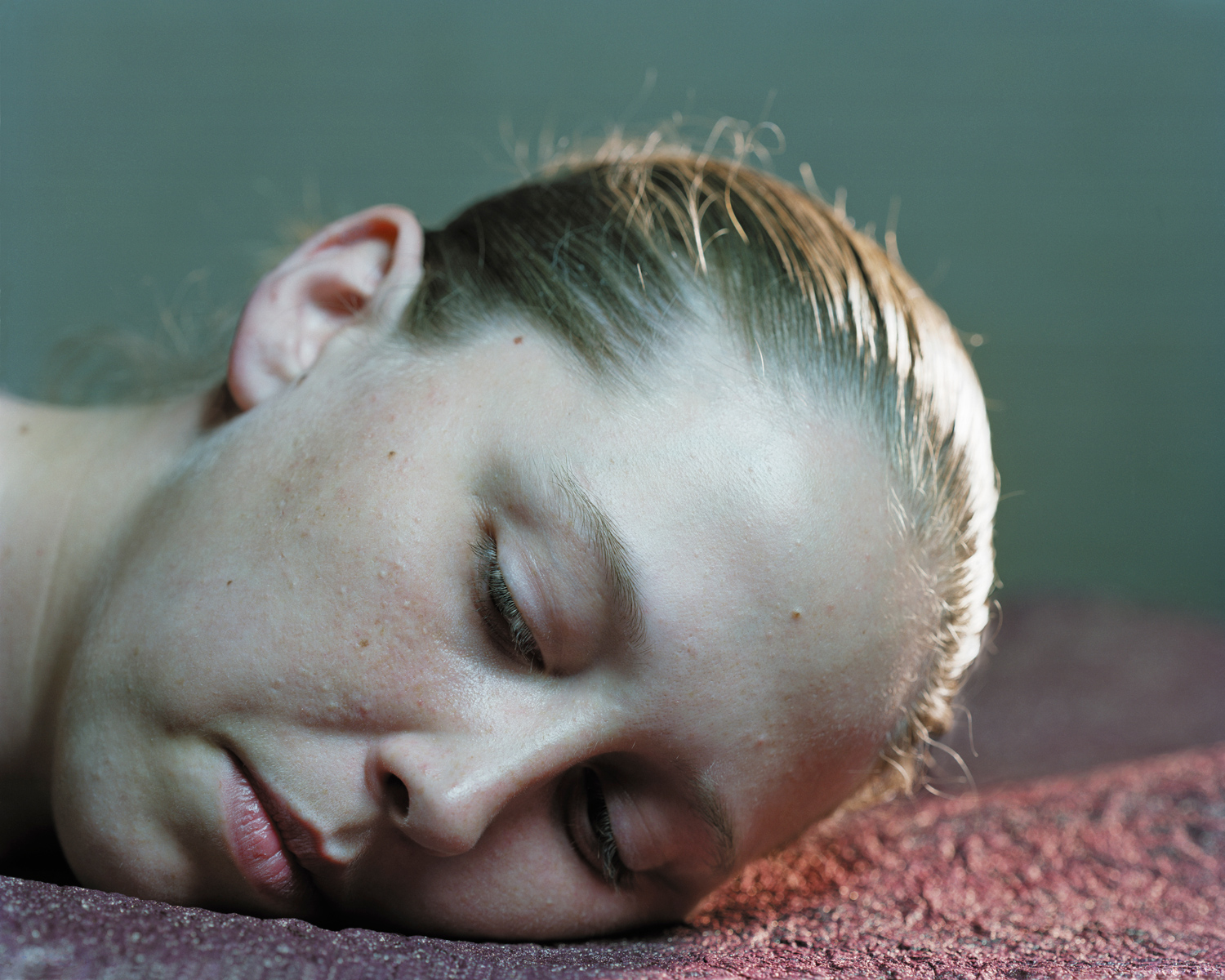

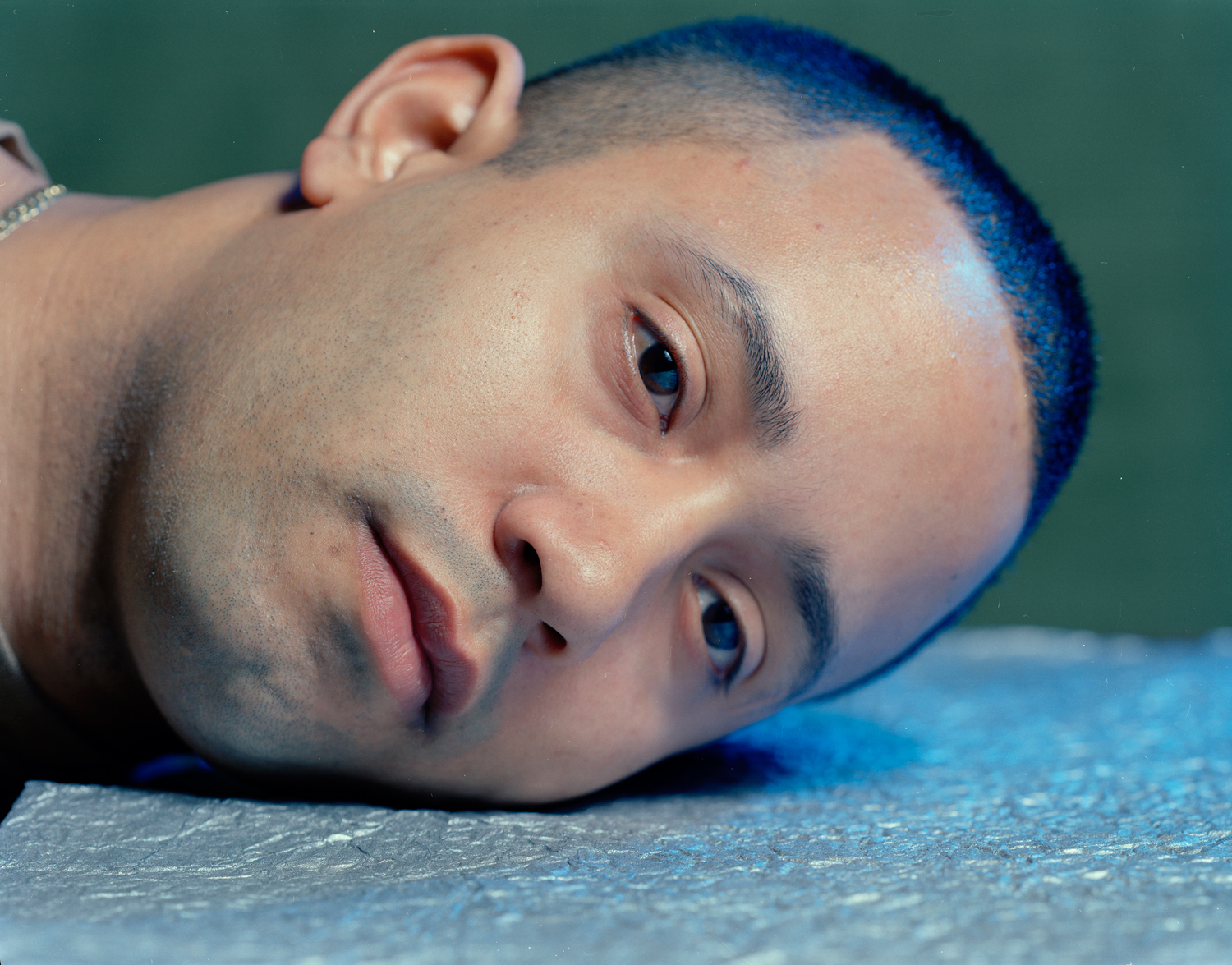
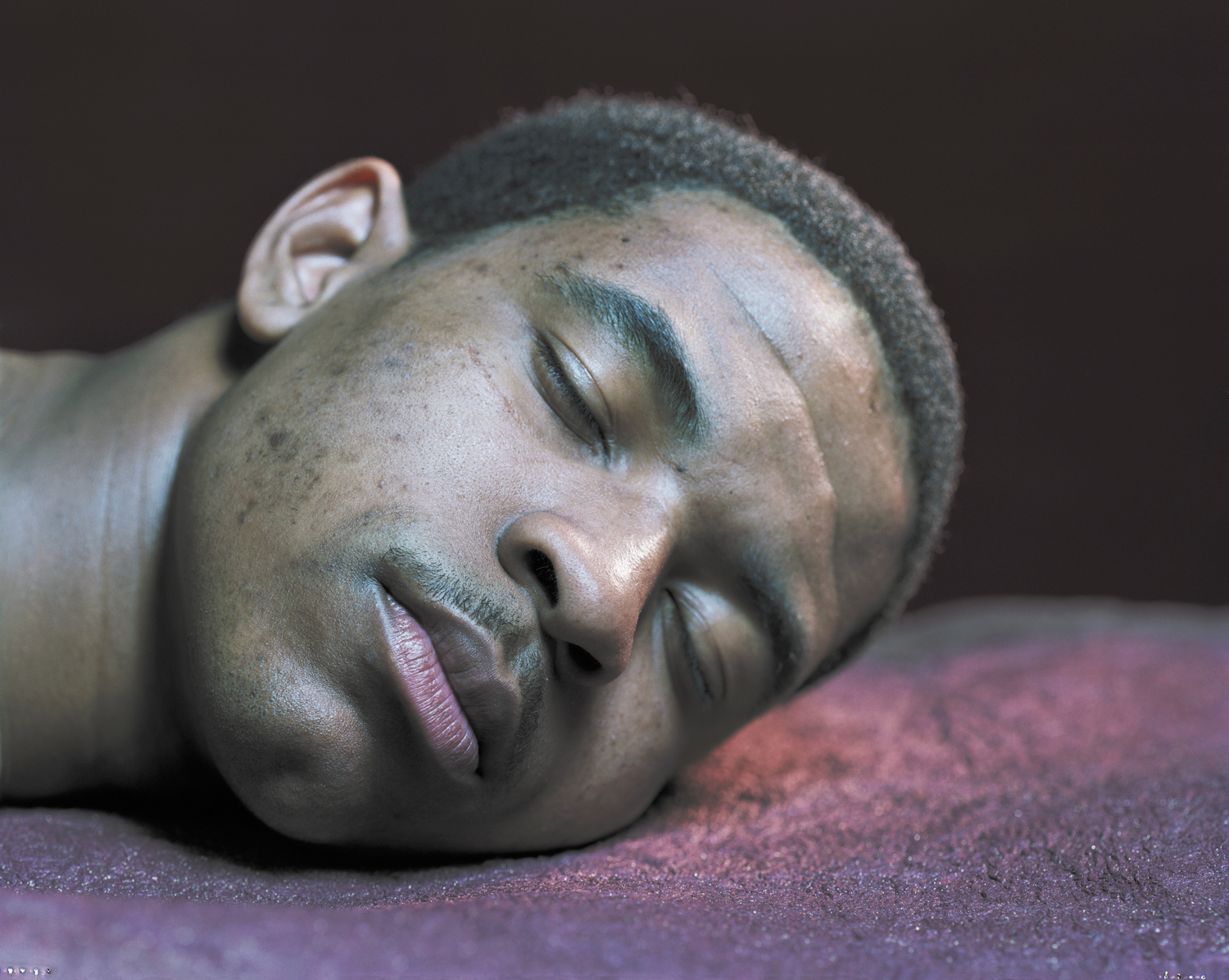
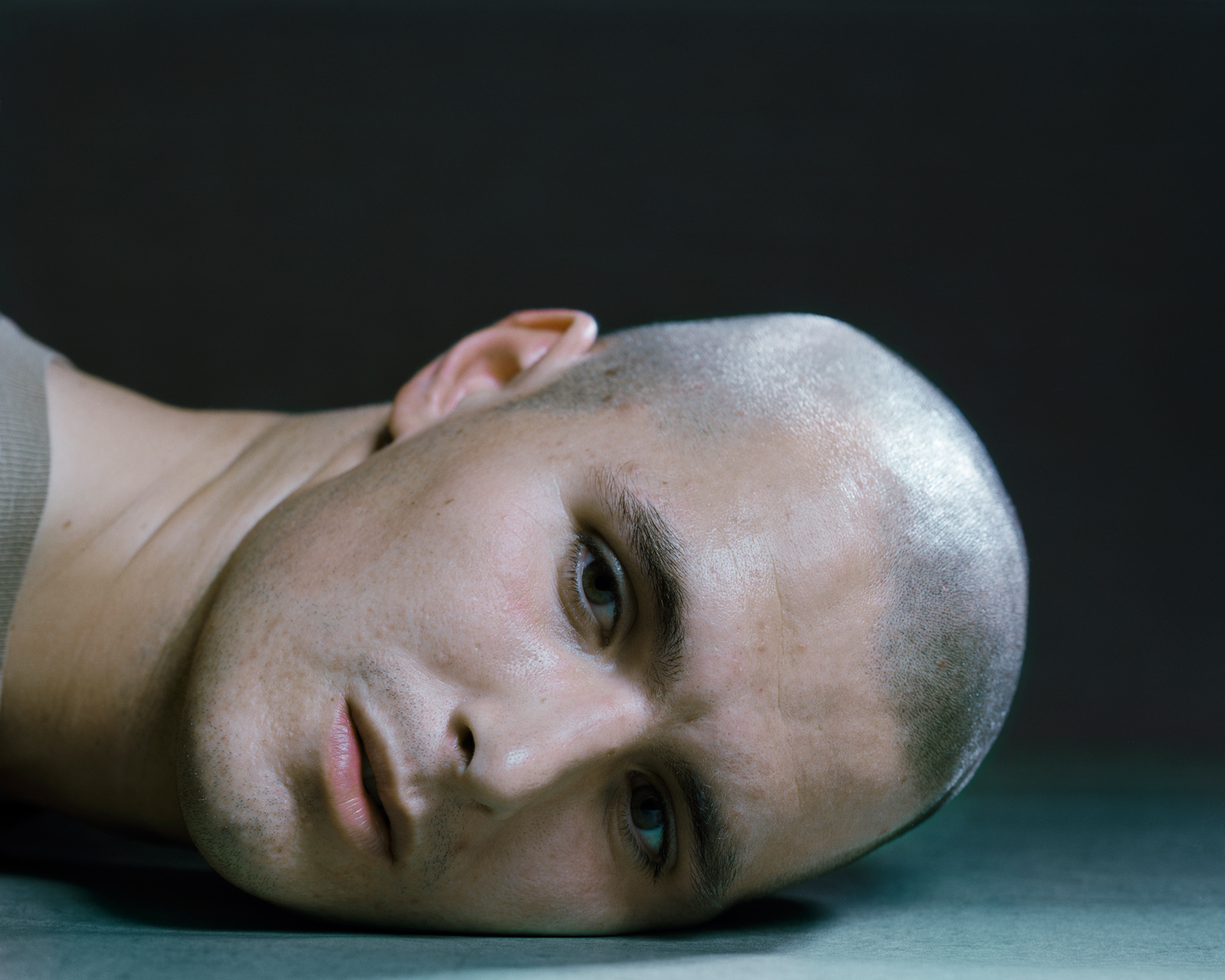
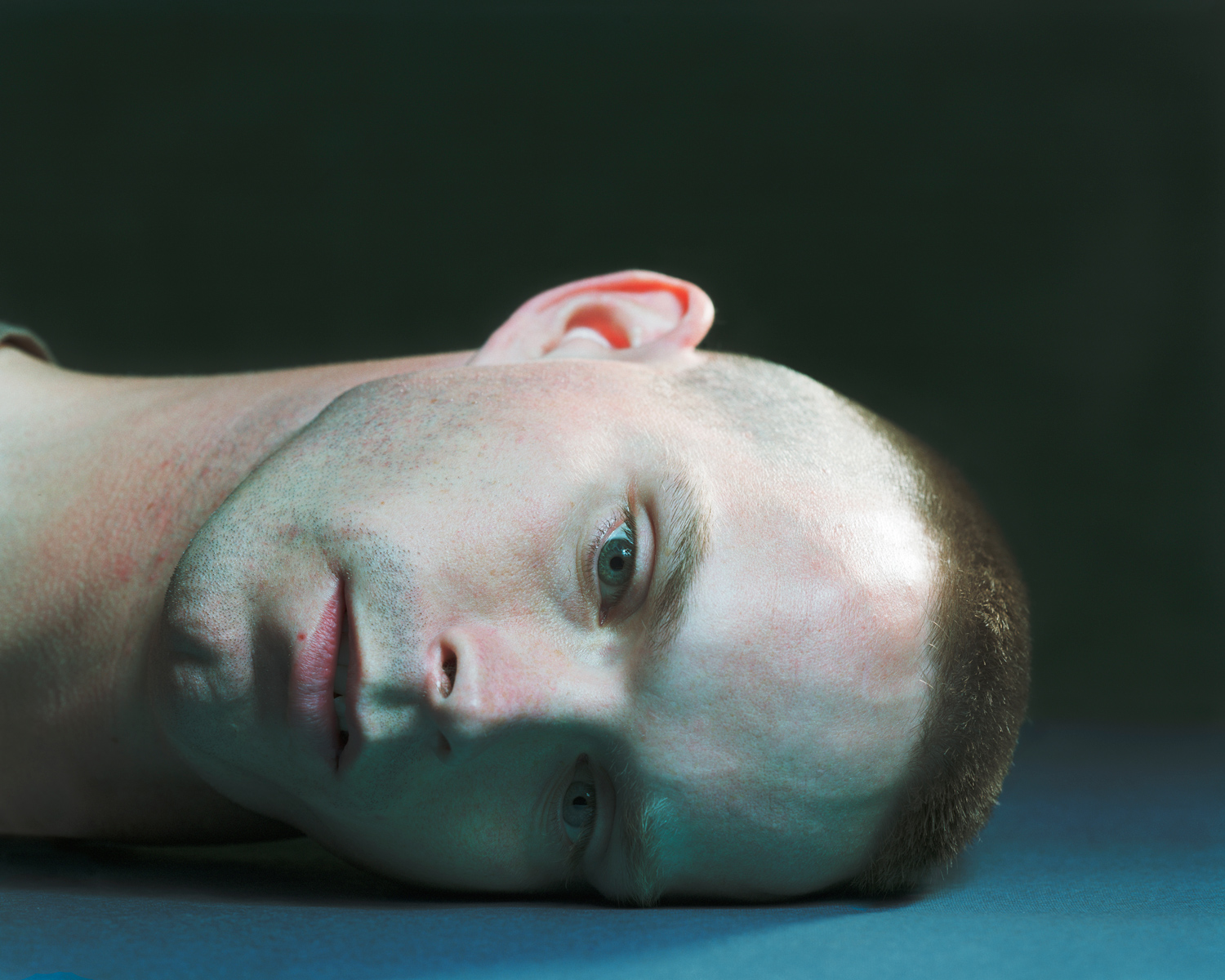
More Must-Reads from TIME
- Why Trump’s Message Worked on Latino Men
- What Trump’s Win Could Mean for Housing
- The 100 Must-Read Books of 2024
- Sleep Doctors Share the 1 Tip That’s Changed Their Lives
- Column: Let’s Bring Back Romance
- What It’s Like to Have Long COVID As a Kid
- FX’s Say Nothing Is the Must-Watch Political Thriller of 2024
- Merle Bombardieri Is Helping People Make the Baby Decision
Contact us at letters@time.com